I'm a new turner and have a few questions about a bowl I made today:
Last weekend I picked up some American Sycamore for the lowest price possible (free). I rough turned the first bowl from a piece of QS wood about 7" in diameter. I turned some cherry bowls about 8 months ago and nothing since so figured I start on a small piece first.
I can cut the outside pretty well. Sometimes the gouge wants to take a bigger bite than I do when I start the cut near the base. On the inside I just can't get a good profile. I had the same issue with the cherry bowls. Maybe grind on gouge or just technique?
Here is the bowl:
Here is my 1/2" Sorby gouge ground on my Tormek:
Here is my new 5/8" CPM 10V as ground from Woodturning Store (I first used it on this bowl):
Both:
I found it easier to cut the inside of the bowl with the 1/2" gouge over the 5/8".
Also, any suggestion for larger faceplate for close to 20" bowl (I have a PM 3520B).
Thanks,
Mike



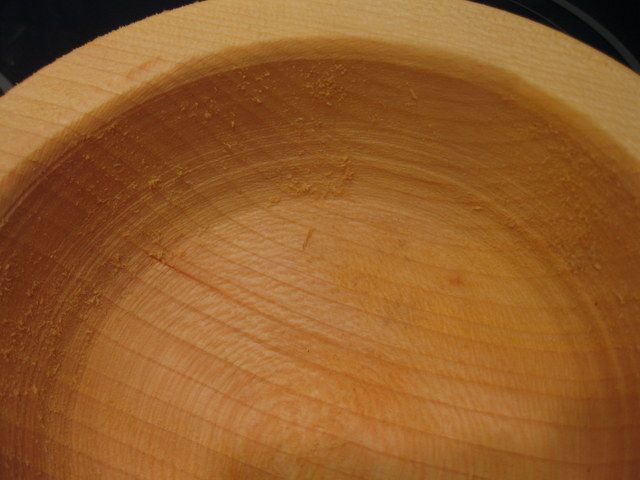
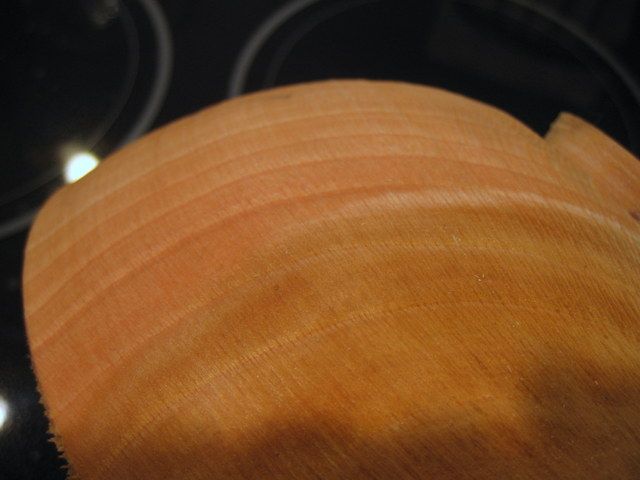
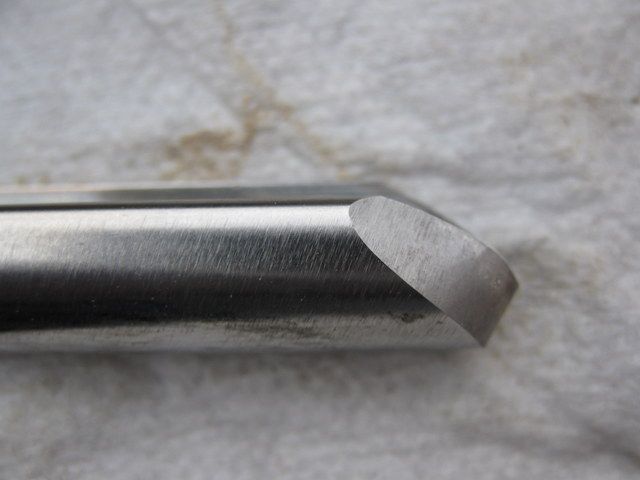
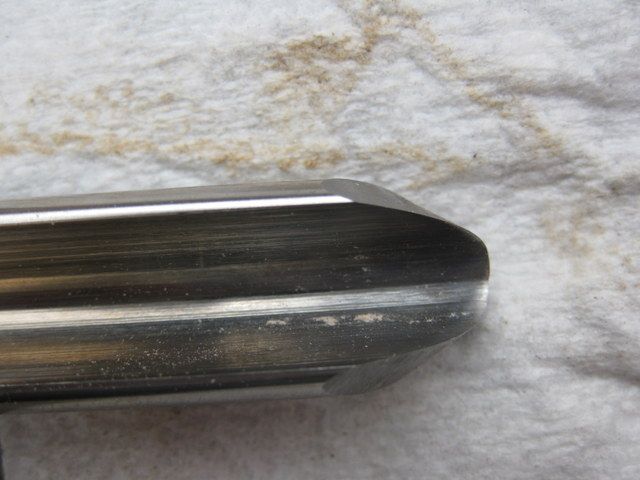
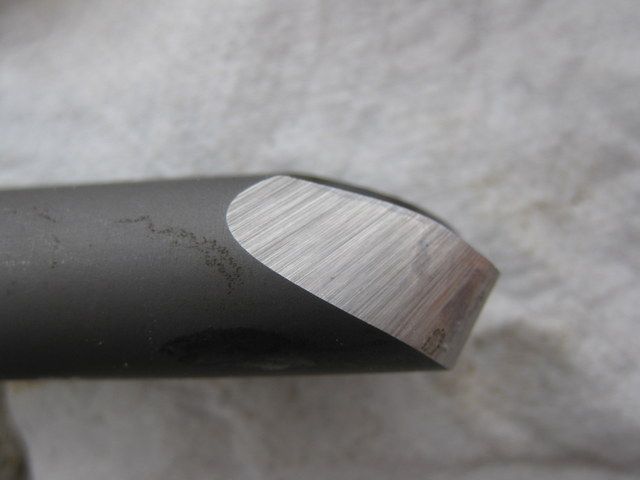
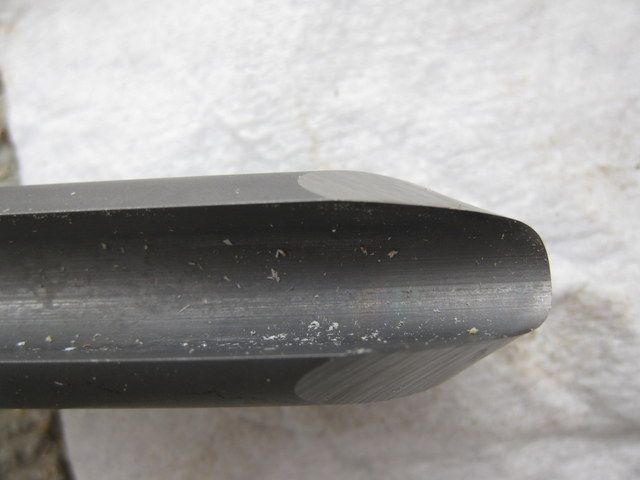
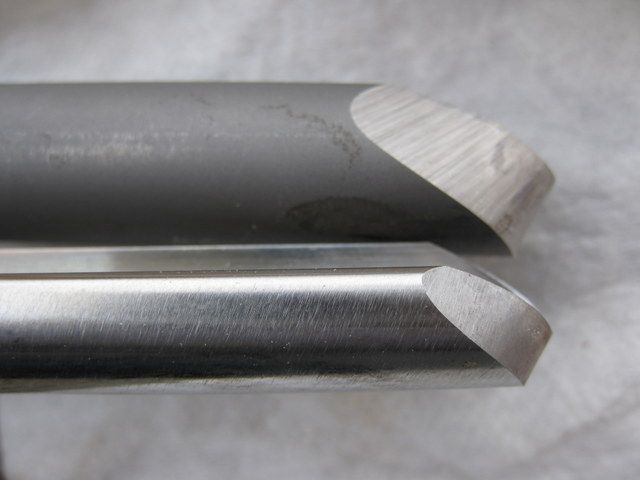
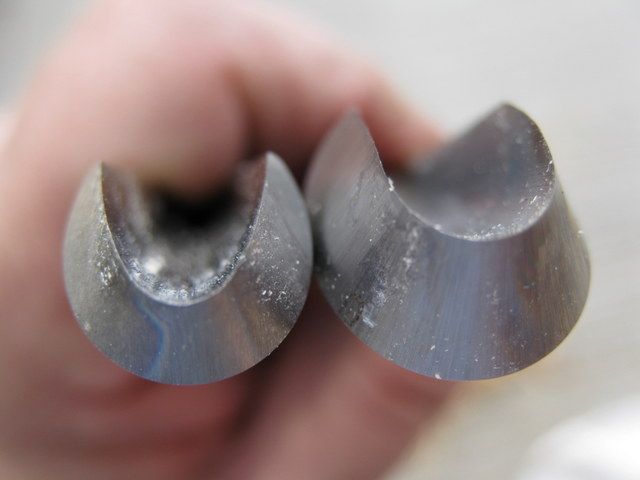

 Reply With Quote
Reply With Quote


 .
.